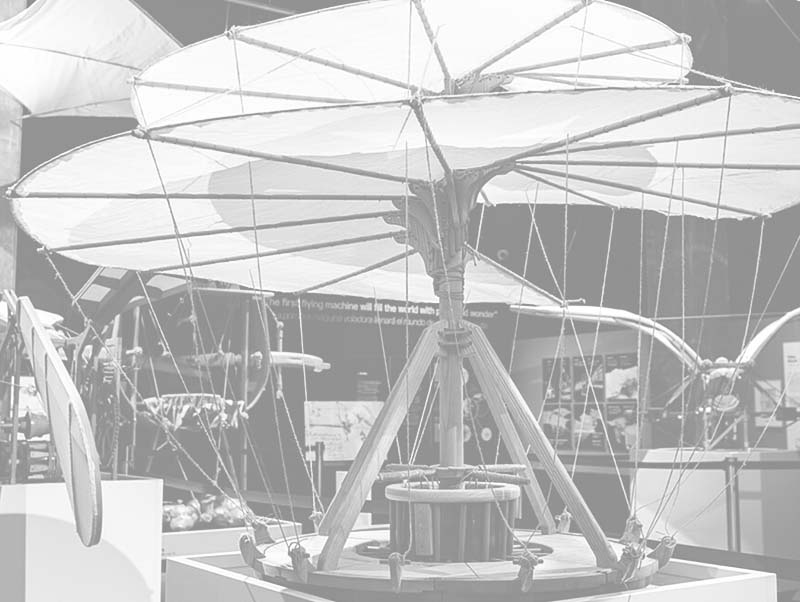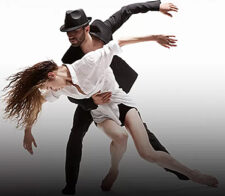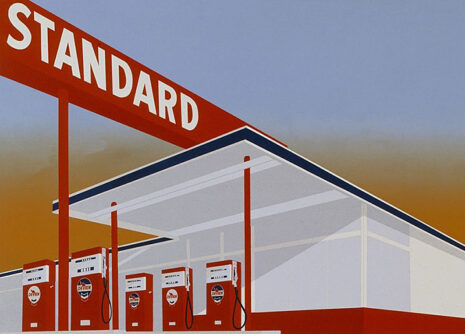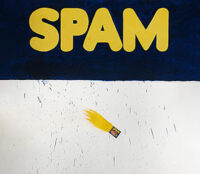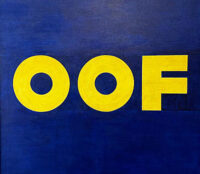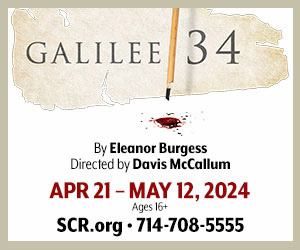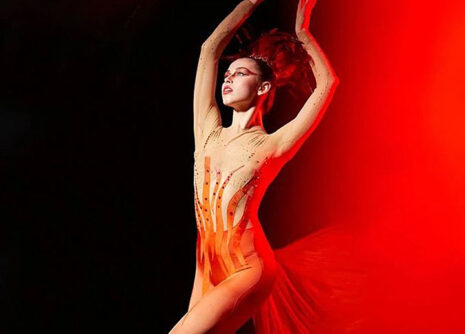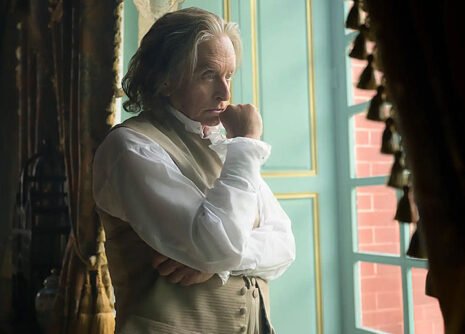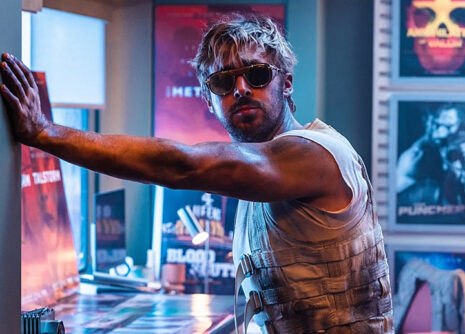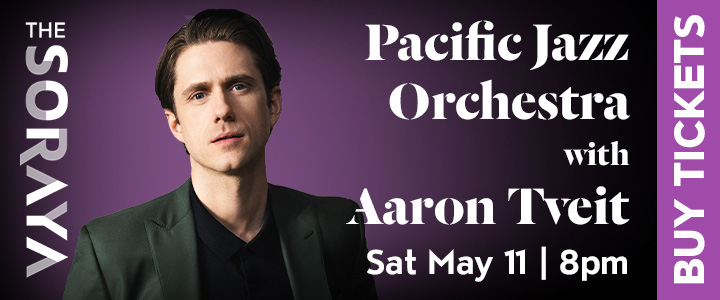ED RUSCHA
- By CYNTHIA LUM
ED RUSCHA / NOW THEN at The Los Angeles County Museum of Art (LACMA) is the artists first retrospective in over 20 years. This remarkable retrospective chronicles Ruscha’s remarkable career and extensive exploration of all media, including painting, drawing, printmaking, photography and artist’s books. With over 250 works, the exhibition will feature his most acclaimed works alongside lesser-known aspects of his more than 60-year practice. This includes his early works on paper, his installations—such as the Chocolate Room and the Course of Empire series, as well as his photographic documentation of the streets of Los Angeles beginning in 1965. Ruscha has consistently held up a mirror to American society by transforming some of its defining attributes—from consumer culture and popular entertainment to the ever [1] changing urban landscape—into the very subject of his art. In 1956, at the age of 18, Ruscha drove west from his hometown of Oklahoma City to Los Angeles to study commercial art at the Chouinard Art Institute (now CalArts). There, his graphic design courses focused on precision and balance, while his fine art classes emphasized spontaneity and gesture. Ruscha would ultimately merge these two approaches in his own work by neatly ordering text and images within painted compositions.
Exhibition highlights include, In Hollywood (1968) where the Hollywood sign is composed of billboard-size letters trailing up the horizon line against and orange sky that could be either sunrise of sunset. Ed Ruscha first drew the Hollywood sign in 1967. Since then, the familiar icon has appeared in many of his paintings, drawings, and prints. Ruscha has joked that the sign was “a smog indicator: if I could read it, the weather was OK”. Chocolate Room (1970/2023) is Ruscha’s only single-room installation, which he created for the United States Pavilion at the Venice Biennale in 1970. At the time, Ruscha worked with a Venetian printshop to screen print locally sourced chocolate paste onto hundreds of sheets of paper. Tiled from floor to ceiling like shingles, the sheets surrounded viewers with the rich color and sweet scent of chocolate. Because of the fragile and ephemeral nature of its materials, the installation is refabricated on-site by La Paloma Art Print studio in Los Angeles each time it is shown. Los Angeles County Museum Of Art on Fire (1965–68) pictures the William Pereira buildings engulfed in flames and smoke. This oblique aerial perspective originated from a series of photographs made from a helicopter.
For more information, click here.


